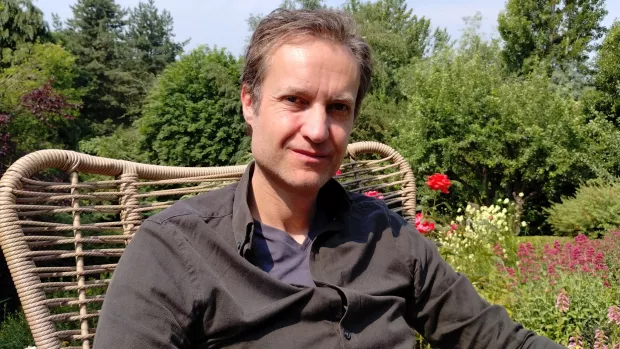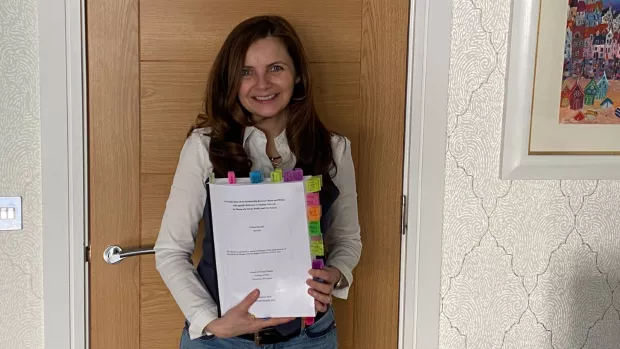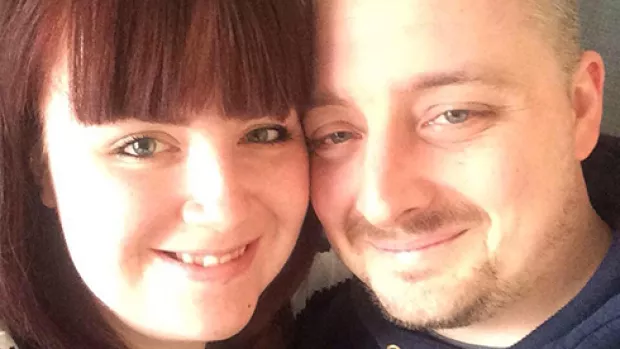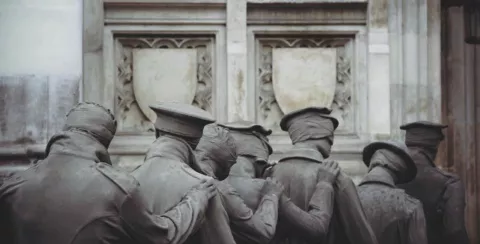
Meet the sculptress with MS
Johanna is a sculptress and fine art artist who lives and works in Cumbria.
My first symptoms
I was diagnosed with MS in 1998. For years before that I’d had problems with my eyesight, pins and needles and dizziness. I was told by doctors these were all down to stress. But my Dad had MS, so I knew the signs.
I remember the feeling of complete loss and absence of hope when I was told I had MS.
From diagnosis to degree
After my diagnosis I decided to study for a degree in art. It wasn’t easy. I couldn’t feel the pencil or pen in my hand. My vision often got blurry, I got fatigued easily, and I found it hard to concentrate.
At times I wanted to give up, but I persevered. I eventually got a BA in Fine Art - I was the only female on my course to get a first - and then an MA. I also had to balance my studies with caring for my sister, who has brain damage due to meningitis. I’m still her full-time carer.
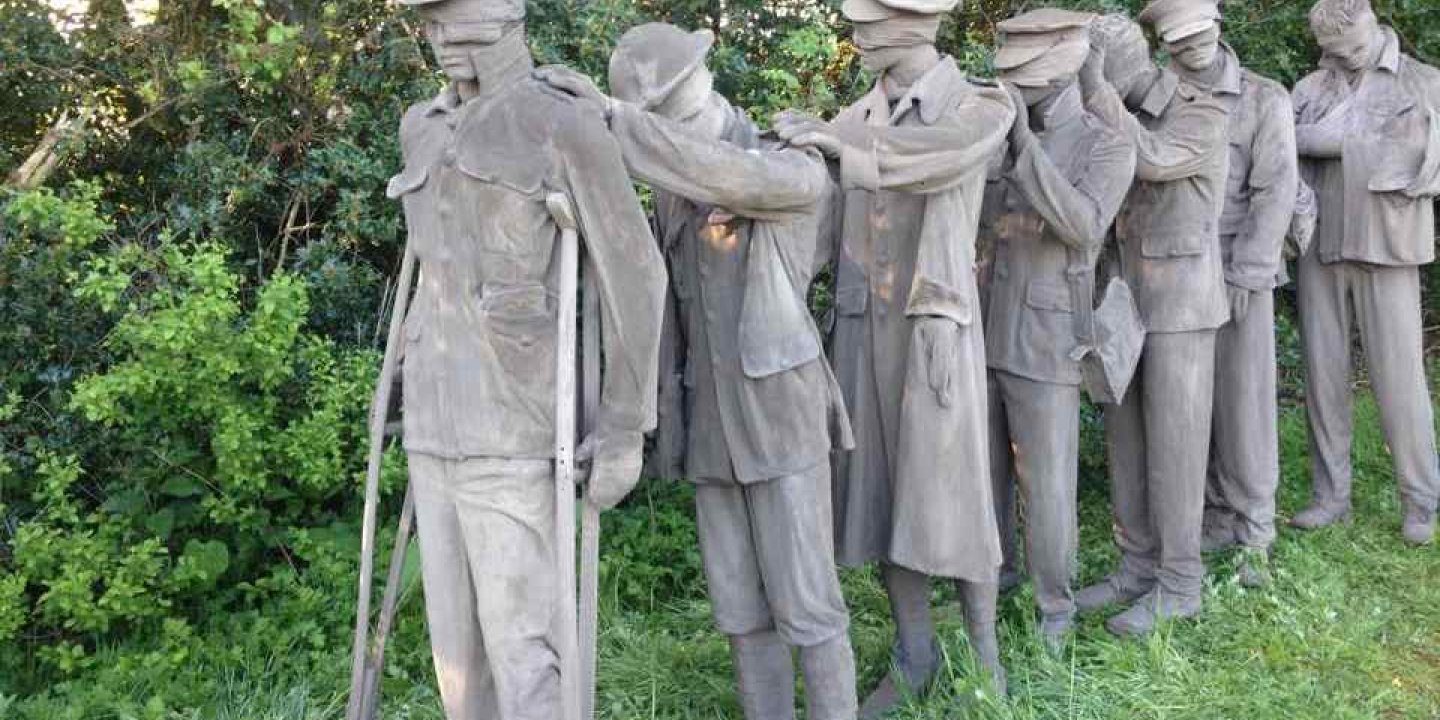
'Victory over blindness' sculpture
It took me five years to create my First World War sculpture 'Victory over Blindness'. I’m an insomniac so at night-time when my sister was asleep I’d go out into the garage and work.
The sculpture was initially made in concrete, but I was then commissioned to make it in bronze. It’s now on permanent display outside Manchester Piccadilly station.
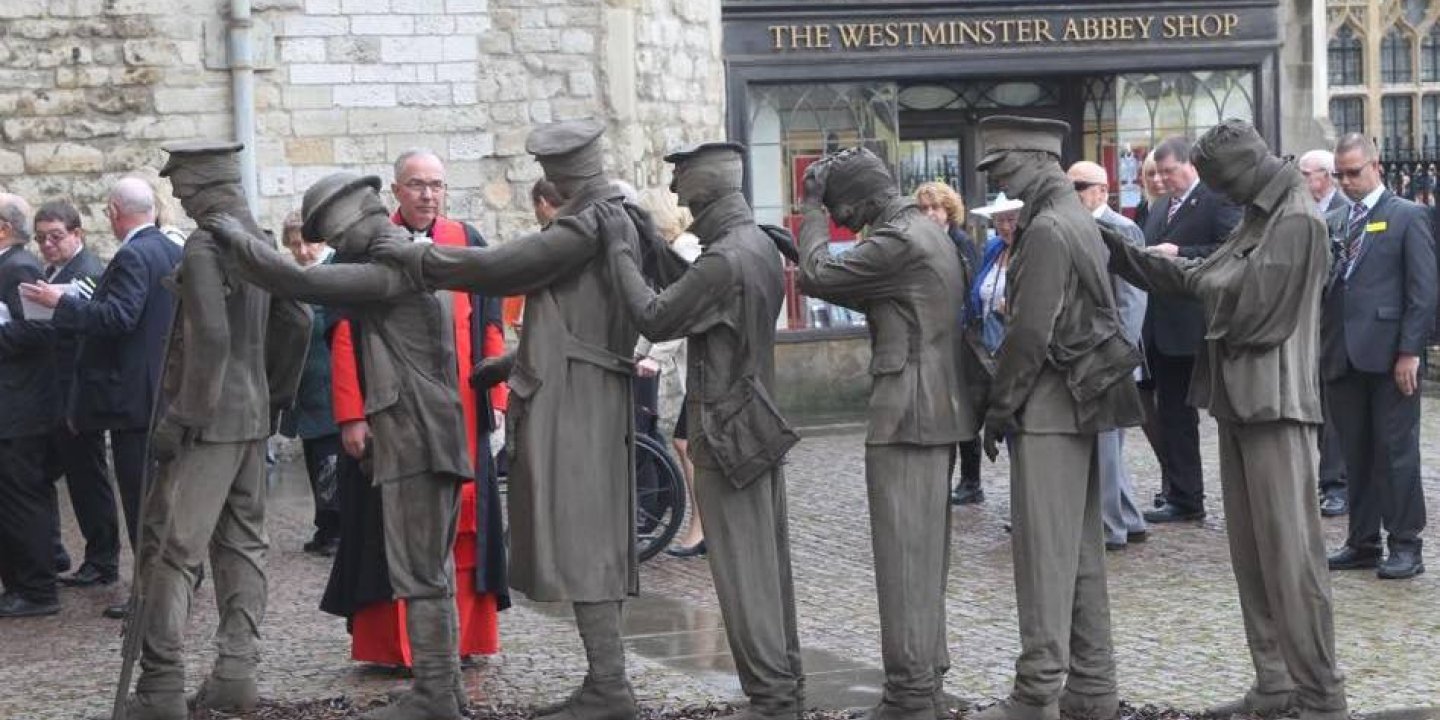
Reflecting MS in my work
It’s said that you put yourself in your artwork. It was only after I made 'Victory over Blindness' that I realised how true this is. The soldier in front has a patch on his eye – I’ve lost most of my vision in one eye. The soldiers have their hands bandaged, which is a reflection of how I’m restricted with my own hands. And of course, they’re made out of bronze, a very stiff and restrictive medium, which is how I feel when I walk. But most importantly, they’re all joined.
They’re together. And with MS we have that togetherness. You feel a connection with other people who have MS.
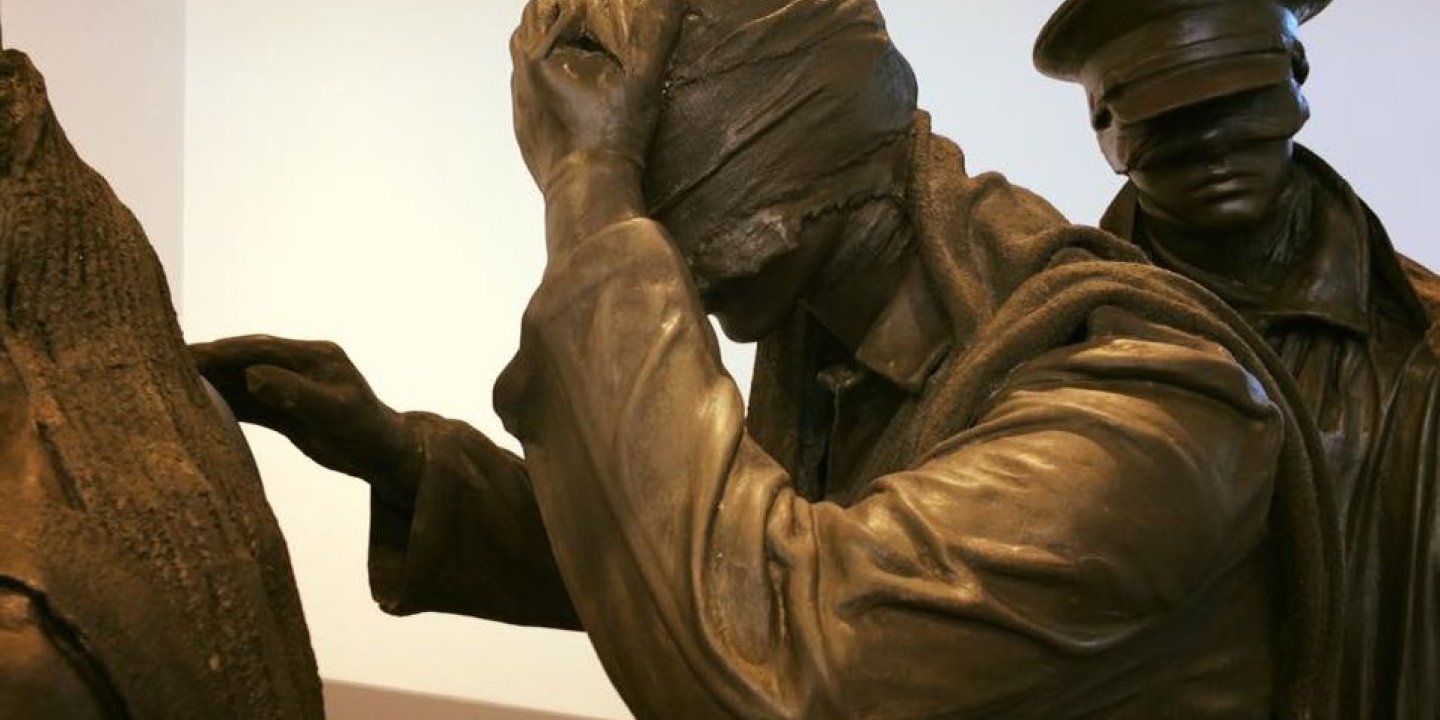
The challenges of MS
MS is a challenge every day. Some days I can’t get out of bed. Other days I can’t walk properly, or my hands or eyes don’t work like they should. In the past I’ve had relapse after relapse. One took away my coordination – I couldn’t do the simple tasks like cleaning my teeth or brushing my hair. But I won’t let the illness chip away at me, I won’t give up.
At the moment I have to take Rebif (interferon beta‐1a) three times a week, along with baclofen and amitriptyline. I was recently told by my specialist that I have a new plaque on my brain, which might mean I need to go on different treatments.
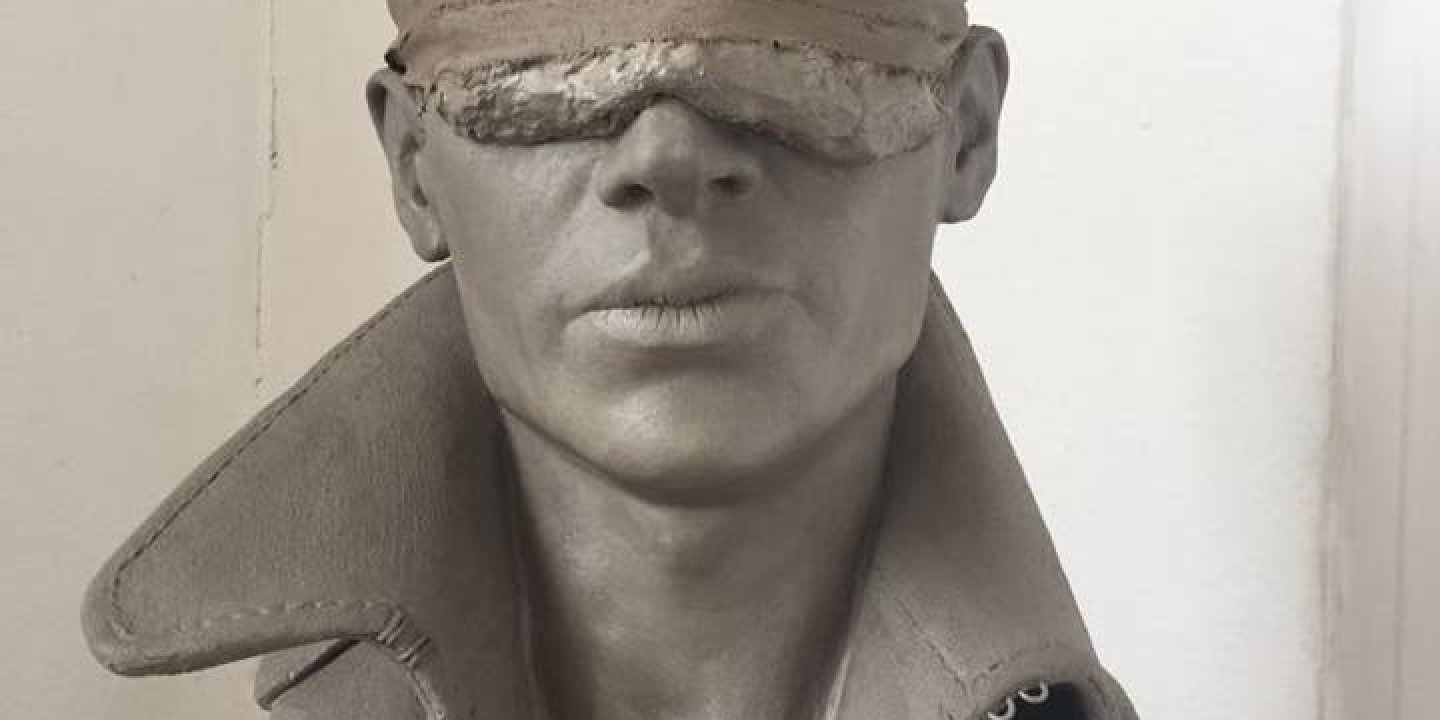
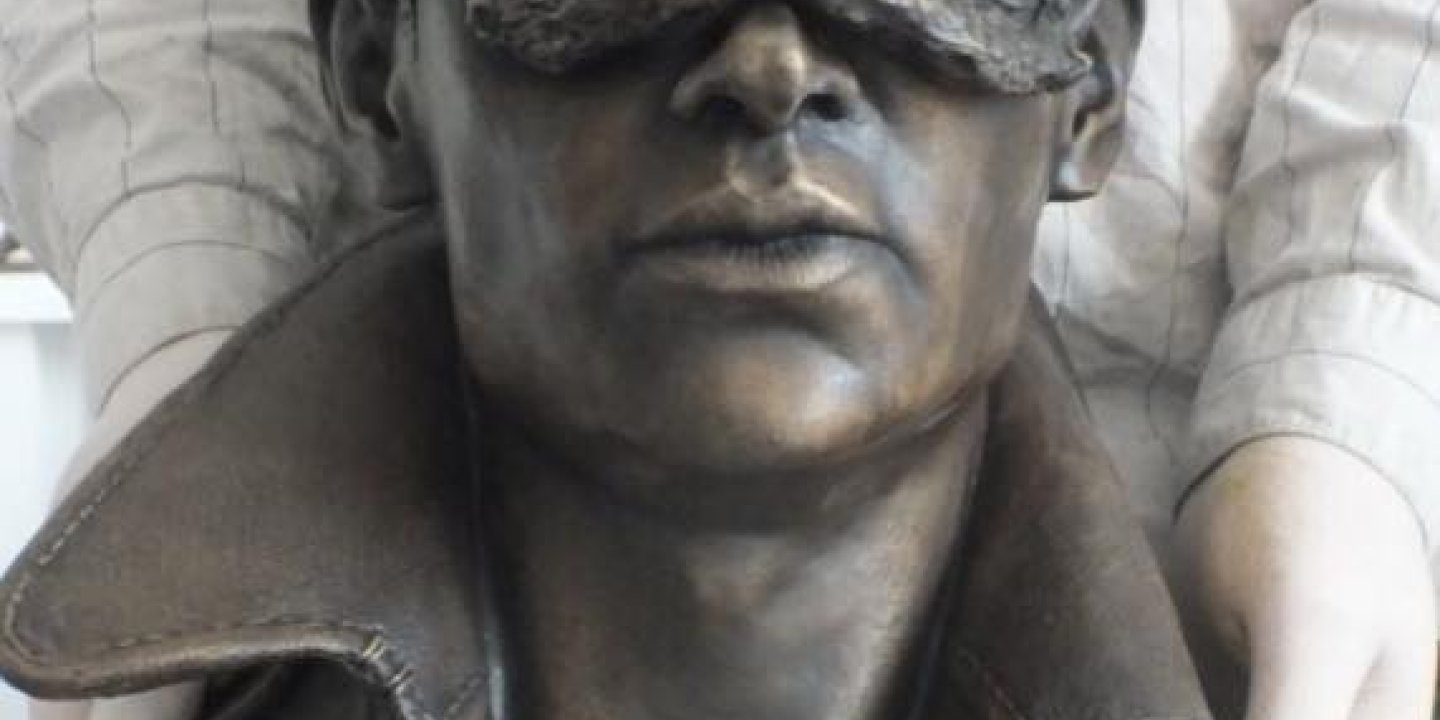
Focusing on the positive
I don’t look to next year, or the year after that. I just focus on the now. I want to do as much as I can while I’m still able.
And even on the very bad days, all I have to do is look at art, or go outside to look at nature, and it makes me feel a bit more positive.
You can find out more about Johanna's work on her website.
Do you have a story about how creativity helps you? We'd love to hear from you. Email us at [email protected].

